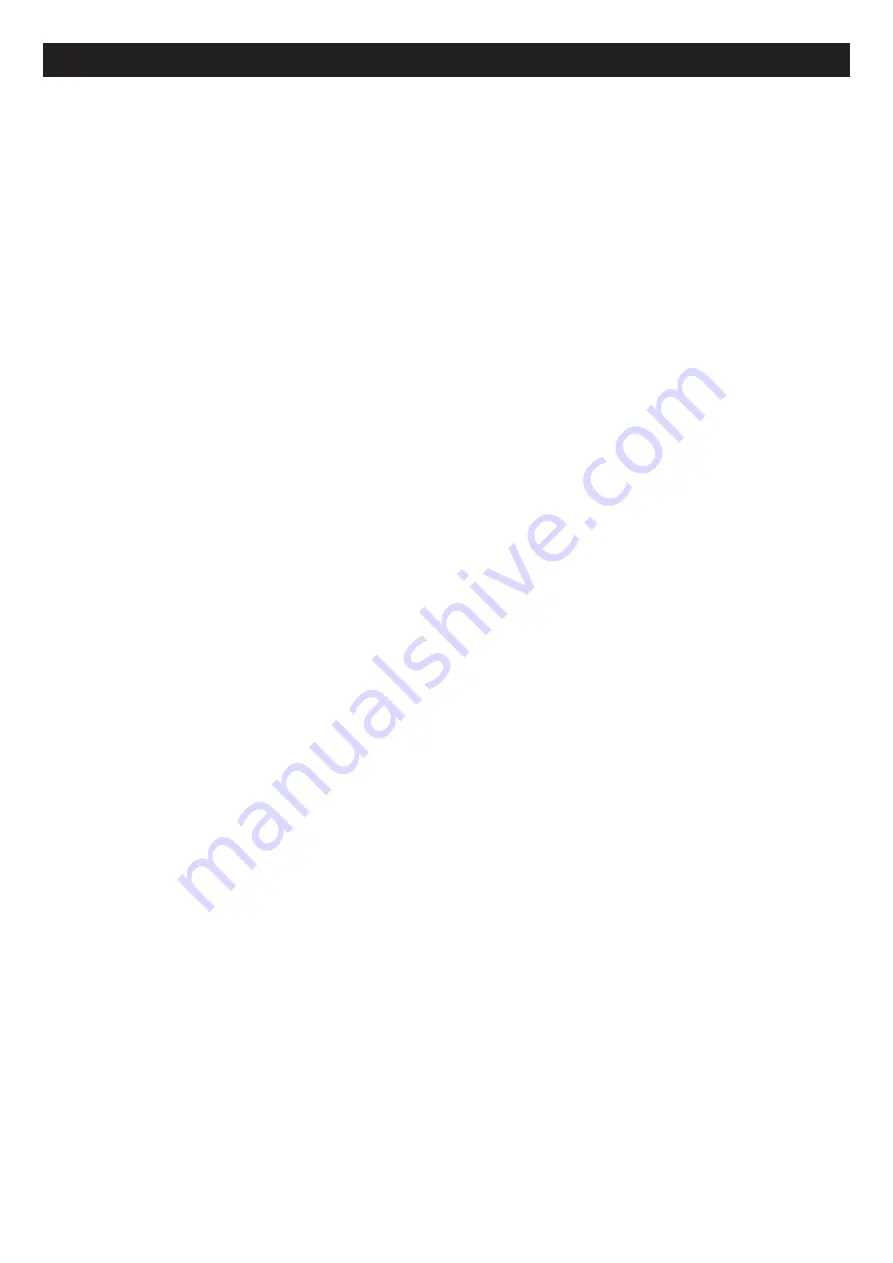
119
©2021 Kimberley Kampers Manufacturing Pty Ltd
Seating Fabric Cleaning Guide and Care
Spot cleaning
Treat spills and stains as soon as possible. Test
on hidden area to ensure fabric and colour are
not removed. Gently scrape any soil or mop any
liquid from the surface of the fabric. Use of soap
or detergent with water should be approached with
caution since overzealous rinsing to remove soap
residue may result in over-wetting, water marking
and possible wetting of substructure (this may create
other stains or damage
products).
1. For non-oil-based stains.
Use warm water and
non-toilet soaps which do not contain optical
brighteners (consider Velvet soap, Lux Flakes,
Softly). Mix a small amount of soap and warm
water solution and apply to the stain, rubbing
gently. Blot dry with a clean towel. Apply cool
water (preferably fi ltered or distilled water) and
blot dry again. Then with a hair dryer, working out
from the centre of the stain, dry quickly to prevent
rings forming. It is generally preferable to clean
whole panels of fabric in this way rather than
trying to spot clean specifi c areas.
2. For oil-based stains
. Following the same basic
guidelines as above, apply a proprietary brand
solvent based cleaner and try to clean generally
in panels rather than spot cleaning specifi c
areas. A helpful industry ‘secret’ for spot removal
of oil based biro marks is by the application of
conventional hair spray. To further enhance spot
cleaning results, Warwick have introduced the
Halo Fabric Care Kit which includes Halo spot
cleaner for most household stains, Halo fabric
deodoriser to help neutralise pet and general
odours and Halo fabric protector to restore liquid
repellency on fabric sections that have been spot
cleaned.
*For treatment of specifi c stains, see the stain
removal guide.
Professional fabric servicing
Warwick Fabrics recommend that water-based
‘Fluro chemical’ type fabric protectors (such as
DuPont Tefl on® and 3M Scotchgard®) be applied by
licensed applicators only. Check your care label fi rst
to see if a mill-applied protection was incorporated
during fabric manufacture. Fabric protectors do not
eliminate the need for vacuuming, routine cleaning or
proper care. They will, however, make spot cleaning
and vacuuming quicker, easier and more effi cient
between professional cleans and keep your fabric
looking cleaner longer, as well as extending its life.
Professionals applying fabric protectors must always
pre-test to qualify fabric suitability.
Warning
Extreme caution should be taken if considering
treatment of velvets and pocket weaves with stain
repellent products. Some high pile velvet and pocket
weave jacquards may change in surface character
if stain repellent treatments are incorrectly applied.
Extra care should be taken to pre-test for these
fabrics.
Professional cleaning frequency
Is determined by the furniture use, your own
maintenance, upkeep and environmental conditions.
As a good ‘rule of thumb’ overall cleaning is
recommended every 12 months for most family room
lounges.
Notes:
Summary of Contents for KARAVAN 2021
Page 1: ...MAINTENANCE OPERATING MANUAL THE KIMBERLEY KARAVAN Version 160921 2021 ...
Page 23: ...23 2021 Kimberley Kampers Manufacturing Pty Ltd Hitching Up Your Kimberley ...
Page 24: ...24 2021 Kimberley Kampers Manufacturing Pty Ltd Hitching Up Your Kimberley ...
Page 119: ...119 2021 Kimberley Kampers Manufacturing Pty Ltd Notes ...


















